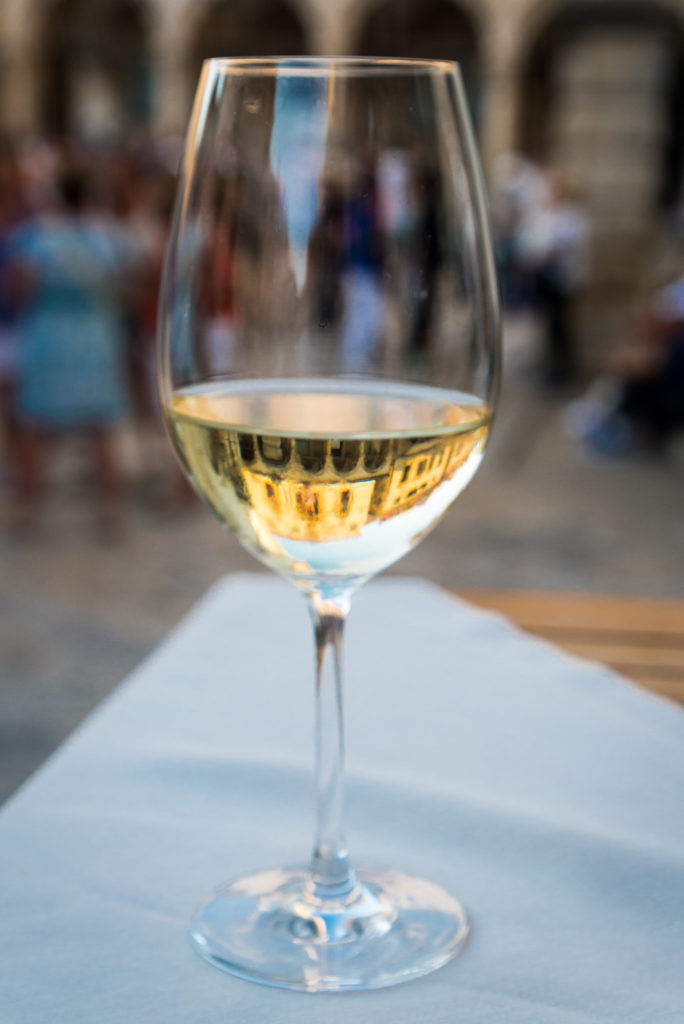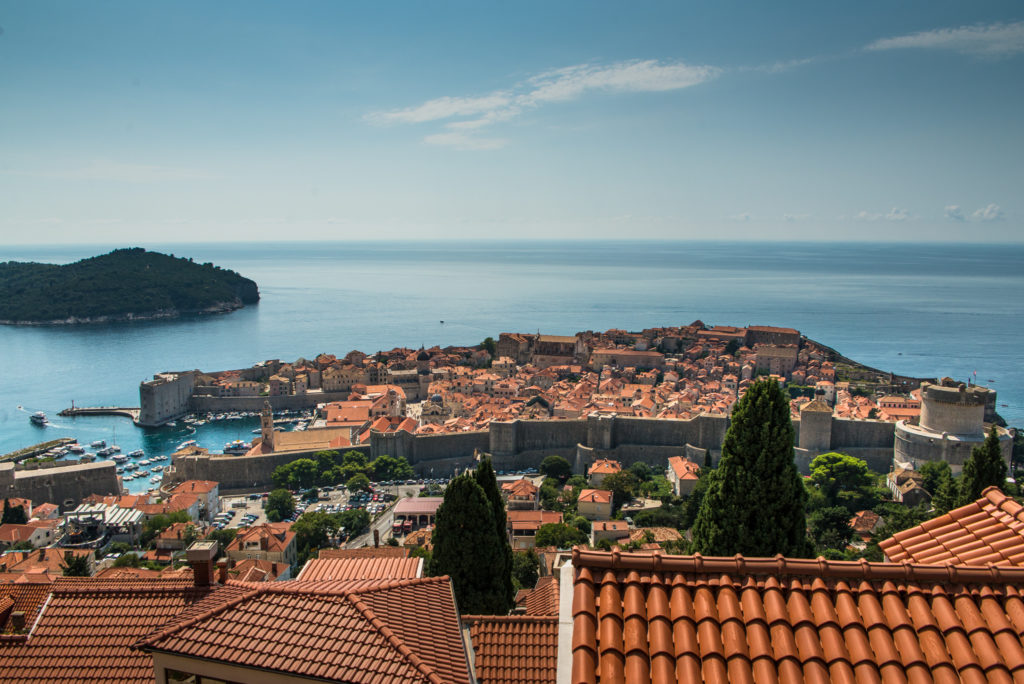
In 1416, as one of the first countries in history, the Republic of Dubrovnik banned slavery. The decision of the Grand Chamber stated that none of our nationals or foreigners, and everyone who considers himself or herself from Dubrovnik, can in any way or under any pretext buy or sell slaves or female servants, or be a mediator in such trade. Then they coined a slogan, Non bene pro toto libertas venditur auro – For no gold can Freedom be sold – and literally wrote it on their banners, or at least its abbreviation: Libertas – Freedom became the flag of the republic of Ragusa.
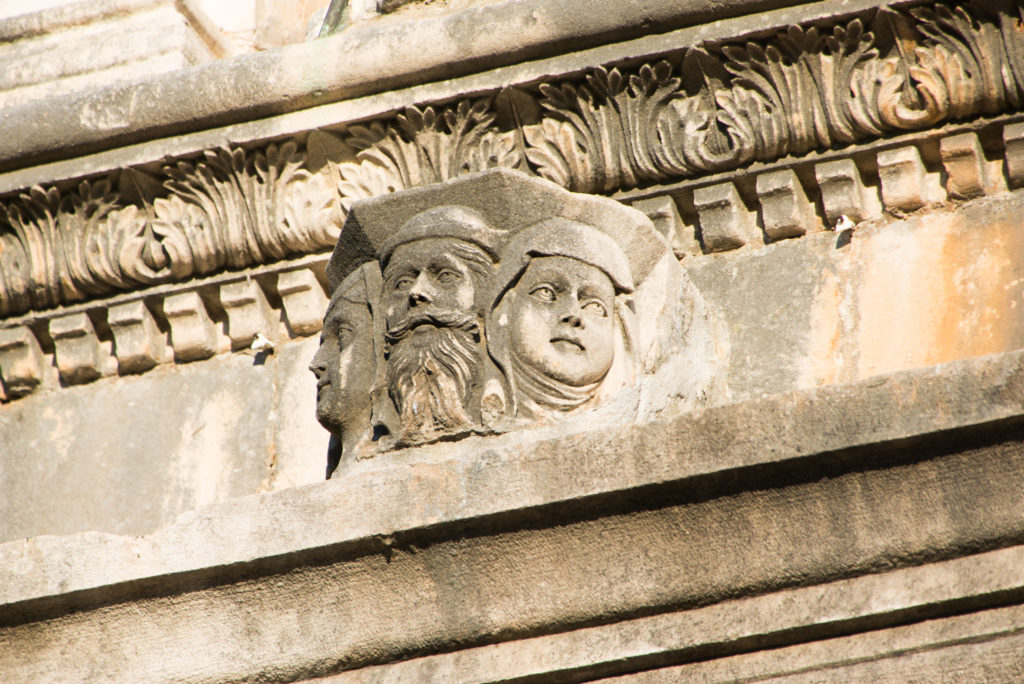
Ragusa, as Dubrovnik was then called, was founded in the 7th century, when invading barbarians wiped out the Roman city Epidaurum, and the surviving inhabitants took refuge on a rocky islet. The islet was naturally hard to access, nevertheless they built a protective wall around it, for those were turbulent times. The Eastern Adriatic was a battle ground for the superpowers: the Serenissima Republic of Venice, the Byzantine Empire as the remaining Roman Empire, the Ottomans, and finally all got spiced up with the arrival of the Slavs – not to mention the pirates that haunted the Adriatic sea. Yet, Ragusa, the rocky islet, fared well.
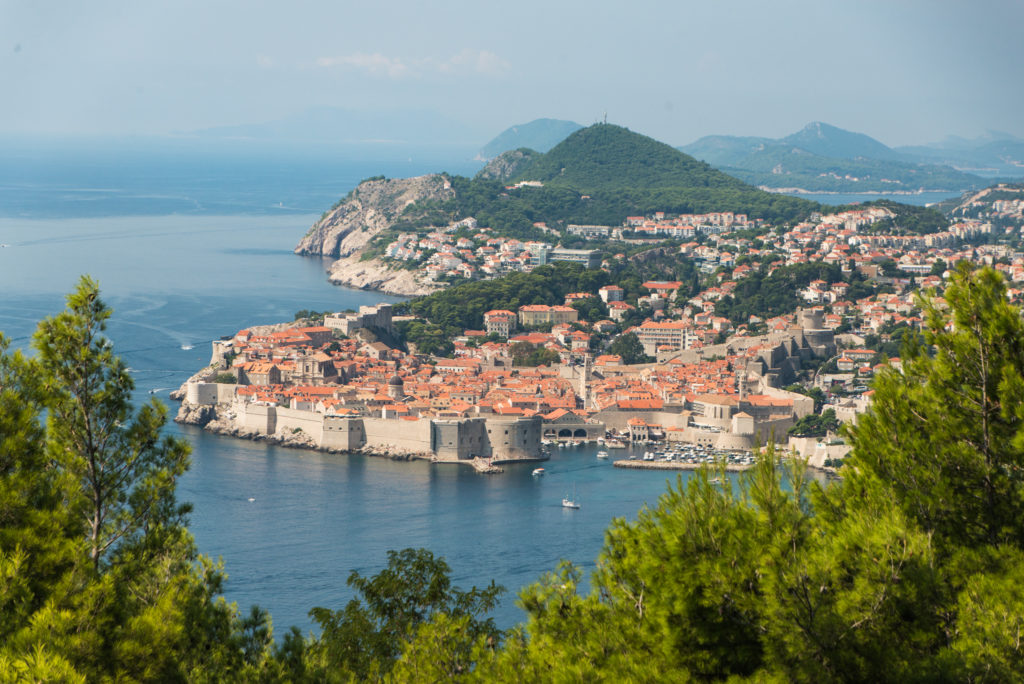
It teamed up with the neighboring Croat settlement called oak forest, or Dubrovnik, and the city-state prospered. It was not warfare, however, but the city-state’s extraordinary gift for deal-making, for trading and money-making, that ensured safety and wealth for everybody. Soon the city-state turned its precarious location as a borderland into an asset, by trading goods with all the surrounding powers, who granted Dubrovnik free trading rights. Spices, copper, textiles and of course slaves passed through the city and Dubrovnik flourished. All the city-state had to do in exchange, was accept sovereignty. And so they did.
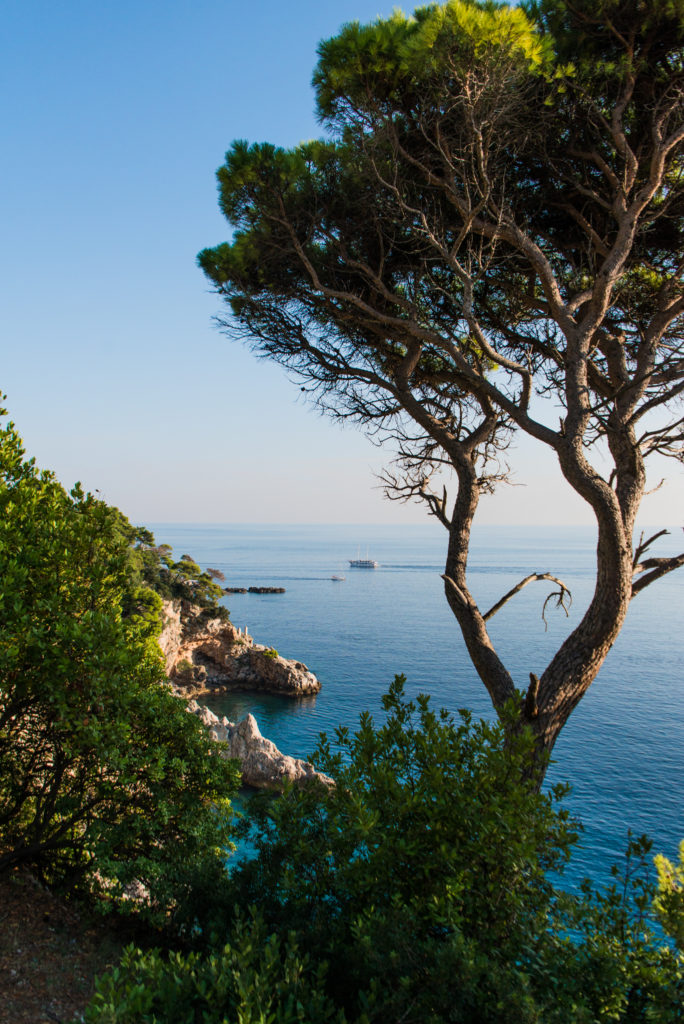
In the run of the centuries they became part of the Byzantine empire, the Serenissima Republic of Venice, of Hungary, of Hungary-Croatia, of the Ottoman Empire, of France, Austria, Yugoslavia and finally Croatia. All the while the citizens lived in peace and did what they did best: they made money.
It was in 1416, after their sovereign Venice had been defeated by Hungary and had to pass on the complete Dalmatian coast, and Dubrovnik searched to be integrated into the Ottoman Empire – for trading rights in the Orient – that slavery turned out to be a problem.
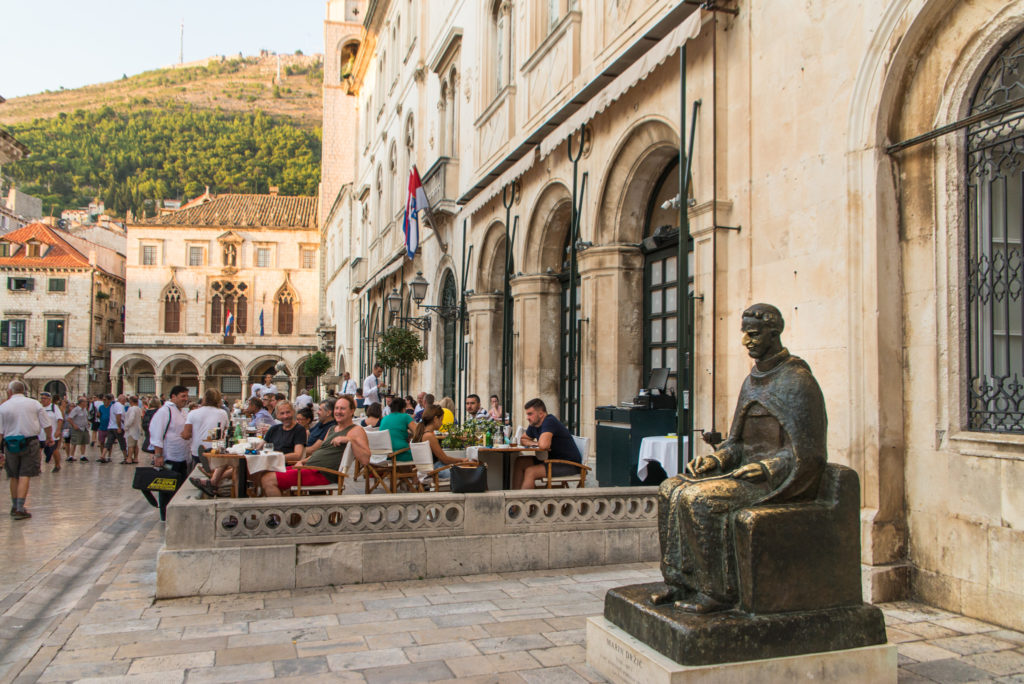
In the middle ages, both Christians and Muslims happily engaged in slavery as long as their slaves would not adhere to the same religion. Accordingly it was a perfectly fine for Christians to keep Muslim or pagan slave. Or for Muslims to keep Christian, or a pagan slave. In fact, slaves were so frequently stolen or bought from the Slavic tribes of the Balkan hinterland that the word slave derives from the word Slavic, and not the Latin word servus. Being Christian under Muslim rule, the city-sate first had to make sure that its citizens would not get enslaved by their new sovereign. So they came up with a genial solution. They simply banned slavery.
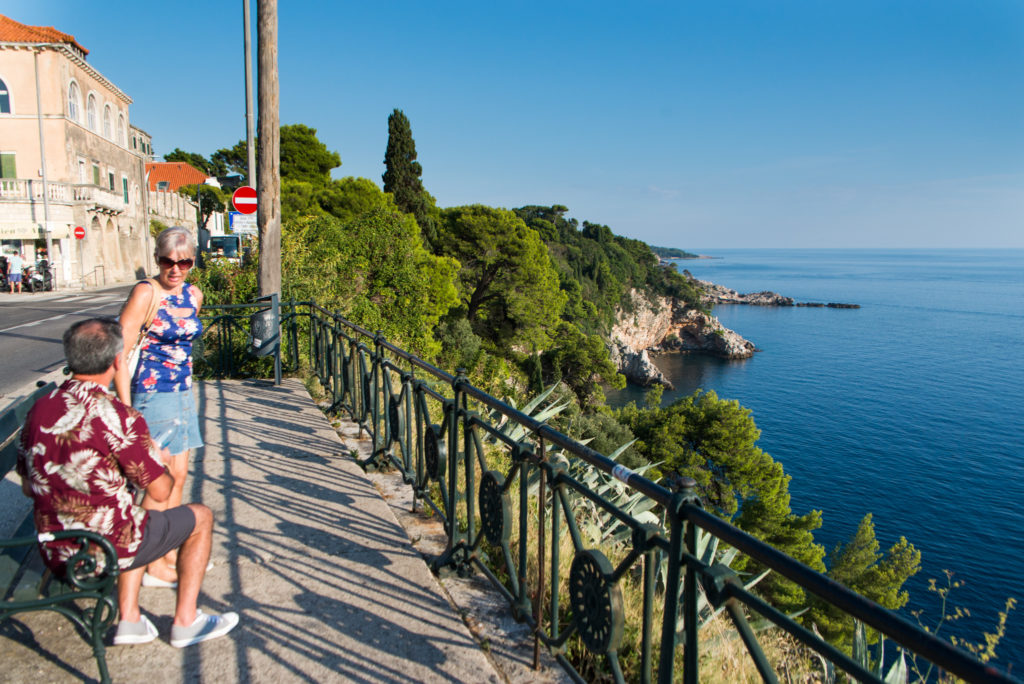
The following years were of unequaled growth and wealth for Dubrovnik. Trade provided safety for everybody, from aristocrats to lower social classes benefited. And in safety, the arts bloomed, operas were composed, and poems, by men and women alike. Those were the heydays of literature and science in Dubrovnik. For Freedom for everyone meant freedom for the mind – and the religions: also the Jewish community thrived. And last but not least, Dubrovnik built fabulous ships from oak wood, galleons called Karaka in Dubrovnik or Argusy abroad, which sailed not only the Adriatic Sea, but the oceans. Dubrovnik famously delivered their goods to London, and much later they crossed the Atlantic and sailed to New York. For Dubrovnik was among the first nations to recognize the independence of the United States of America.
Nowadays it’s Americans that travel to Dubrovnik by the millions and swarm in the old town. But it’s not a courteous return visit, nor Dubrovnik’s breathtaking history that attracts them.
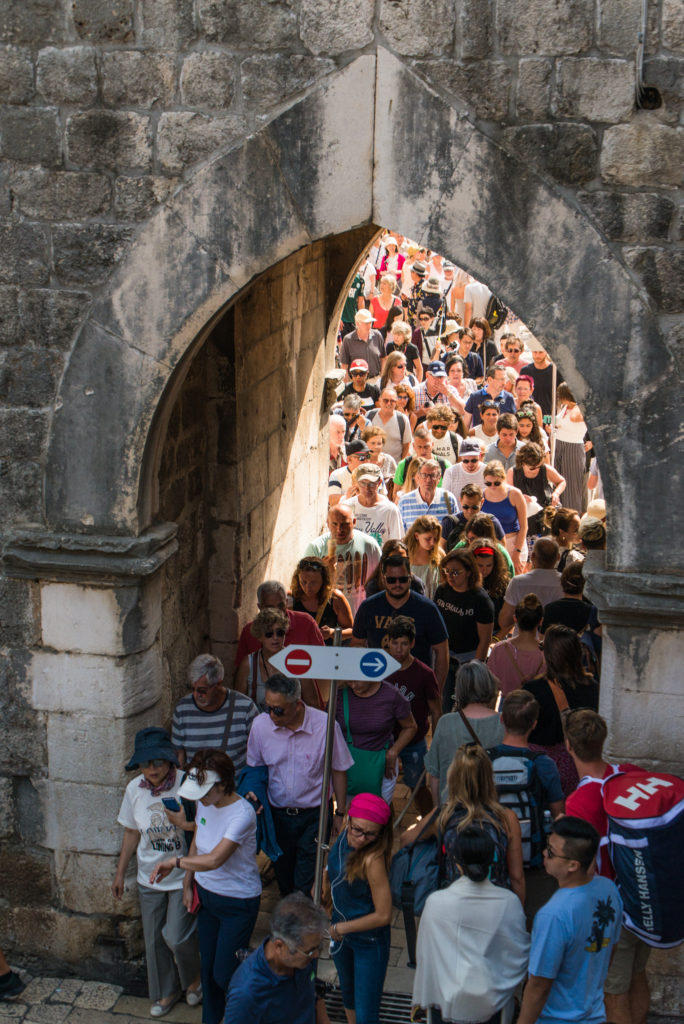
It’s Game of Thrones, the popular TV series, which used Dubrovnik as a setting for its fantasy plot. And of course, the citizens of Dubrovnik, shrewd business people as they have always been, won’t pass out on a deal: Practically every room in the city seems to be a hotel, a BnB or Airbnb. The streets are thronged with Game of Throne-tours of local TV savvies. The tables in the restaurants and cafés are taken to the last corner. Every summer, Dubrovnik bursts at the seams. Could it be that after two thousand years of navigating proudly through changing times and powers, the people of Dubrovnik have finally sold out?
